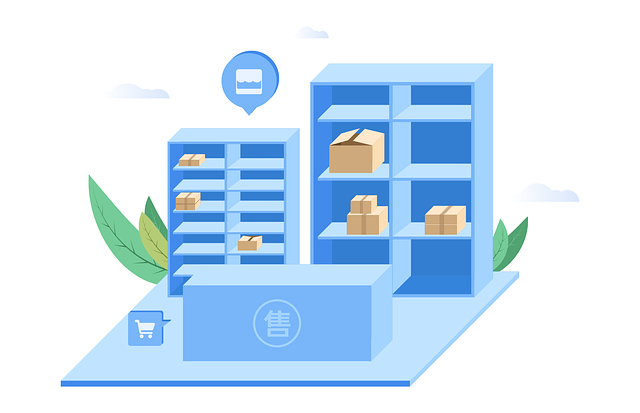AI-powered ecommerce chatbots are transforming online shopping by offering instant, round-the-clock support using NLP and machine learning. They boost customer satisfaction with personalized product suggestions, quick inquiry handling, and purchase assistance, reducing wait times for human agents. Integrated into e-commerce platforms, these chatbots guide shoppers from initial interest to post-purchase care, while providing valuable data for inventory management, marketing, and enhancing overall customer experience. Implementing an AI chatbot strategically – defining clear goals, choosing the right platform, prioritizing data security – can significantly streamline sales and captivate customers in today's competitive digital landscape.
In the dynamic landscape of e-commerce, integrating AI-powered chatbots can significantly enhance customer experience and drive sales. This article guides you through the process of building your own chatbot, exploring its vast potential in simplifying purchases, offering personalized recommendations, and providing 24/7 support. We’ll break down the steps from conceptualization to development, implementation, and optimization, empowering you to leverage AI for a competitive edge in e-commerce.
- Understanding AI-Powered Ecommerce Chatbots: Benefits and Applications
- Designing and Developing Your Ecommerce Chatbot: Step-by-Step Guide
- Implementing and Optimizing: Strategies for Success in AI Chatbot Integration
Understanding AI-Powered Ecommerce Chatbots: Benefits and Applications

AI-powered ecommerce chatbots are transforming the way businesses interact with their customers, offering a range of benefits that enhance both customer experience and operational efficiency. These intelligent agents leverage natural language processing (NLP) and machine learning algorithms to understand and respond to customer queries in real time, 24/7. By providing instant product recommendations, handling basic inquiries, and even facilitating purchases, chatbots can significantly reduce response times and workload for human customer service representatives.
The applications of AI-powered ecommerce chatbots are vast. They can be integrated into website chat widgets, messaging apps, or voice assistants to guide shoppers through their purchasing journey. From personalized product suggestions based on browsing history to post-purchase support, these chatbots create a seamless and engaging shopping experience. Moreover, by collecting customer feedback and analyzing conversation data, they contribute to valuable insights for inventory management, marketing strategies, and improving overall customer satisfaction.
Designing and Developing Your Ecommerce Chatbot: Step-by-Step Guide

Designing and developing an AI-powered chatbot for your ecommerce platform is a strategic move to enhance customer engagement and streamline sales processes. Here’s a step-by-step guide to get you started.
First, define the scope and goals of your chatbot. Determine what tasks it will handle, such as product recommendations, answering frequently asked questions (FAQs), or even completing simple purchases. This step is crucial for shaping the chatbot’s functionality and ensuring it aligns with your ecommerce strategy. Next, choose a suitable platform or framework to build your AI assistant. Several options exist, ranging from custom development to pre-built chatbot builders with AI capabilities. Consider factors like scalability, integration potential with existing systems, and ease of use when making this decision.
Implementing and Optimizing: Strategies for Success in AI Chatbot Integration

Implementing an AI-powered chatbot into your e-commerce platform is a game-changer, enhancing customer experience and streamlining sales processes. The key to success lies in strategic integration that leverages the capabilities of artificial intelligence. Start by defining clear objectives; whether it’s providing 24/7 product recommendations or offering instant support, aligning the chatbot’s role with your business goals is crucial. Next, ensure data privacy and security, as customers share sensitive information. Train your AI models using diverse datasets relevant to your niche to foster accurate and contextually appropriate responses.
Regular optimization is essential for an effective chatbot. Monitor user interactions, gather feedback, and analyze performance metrics to identify areas of improvement. Stay updated with the latest advancements in natural language processing (NLP) and machine learning to enhance conversational flows and keep up with evolving customer expectations. By combining these strategies, you’ll create a robust AI-driven e-commerce experience that captivates customers and drives sales.
AI-powered chatbots are revolutionizing the ecommerce landscape, offering personalized interactions and enhancing customer experiences. By following a structured approach – understanding the benefits, designing effectively, and implementing with optimization strategies – businesses can harness the power of these virtual assistants to drive sales and improve customer satisfaction in the competitive digital marketplace. Integrating an AI chatbot is not just a trend but a strategic move towards future-proof ecommerce success.
